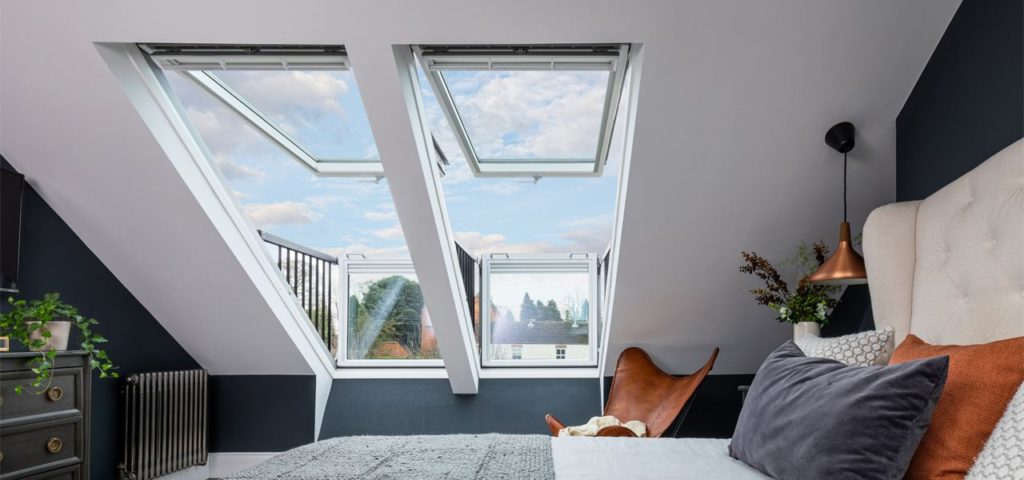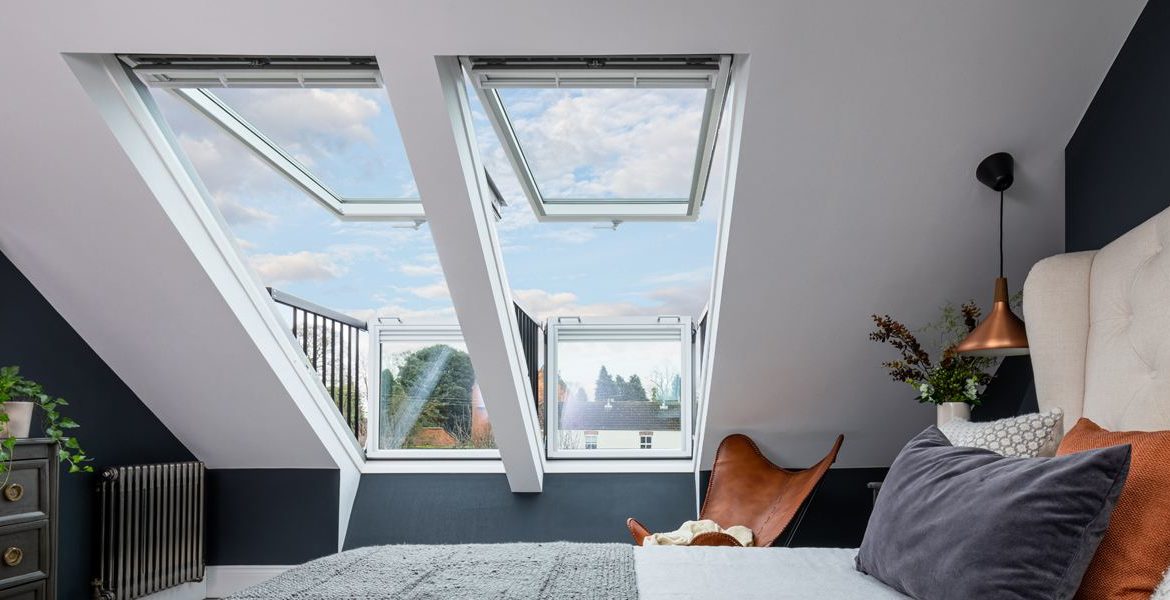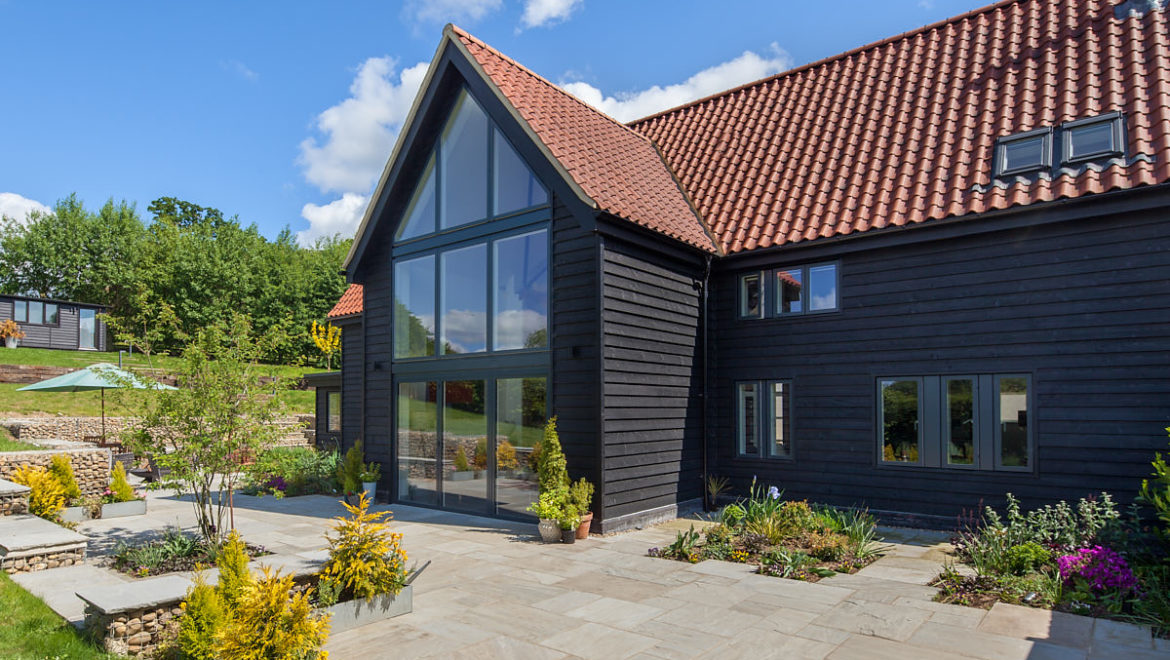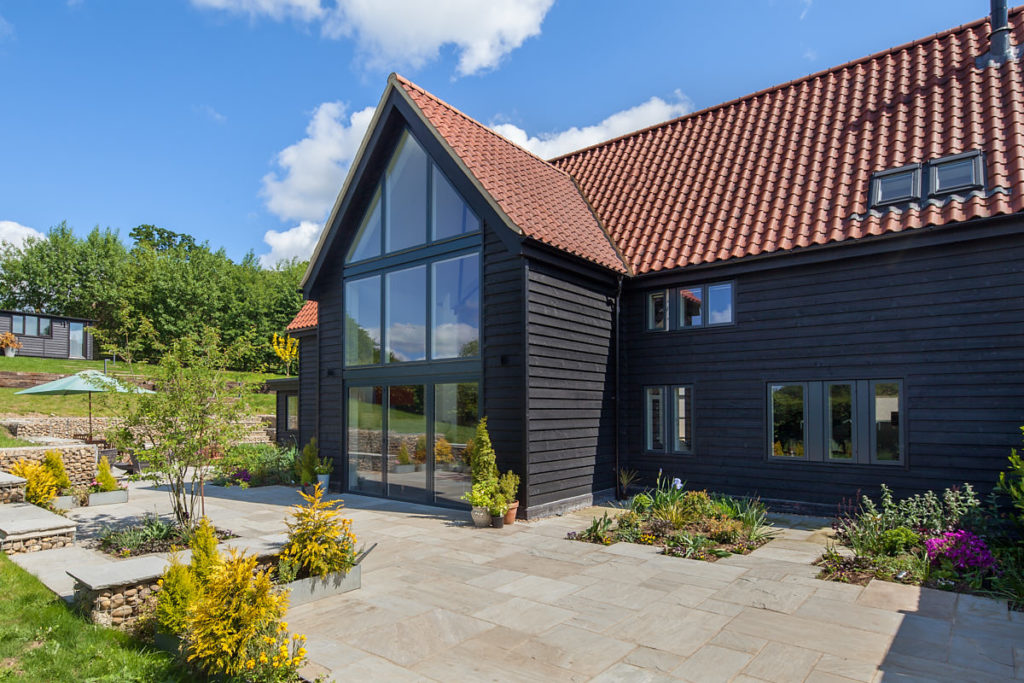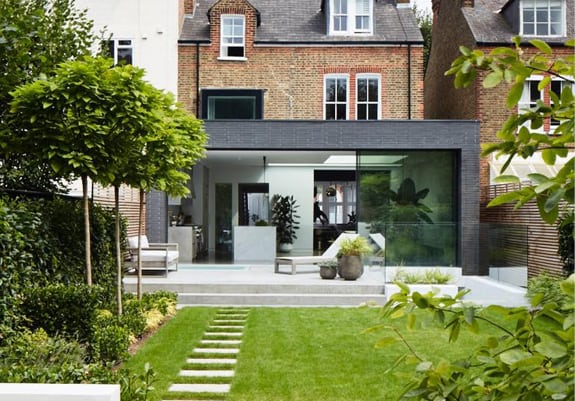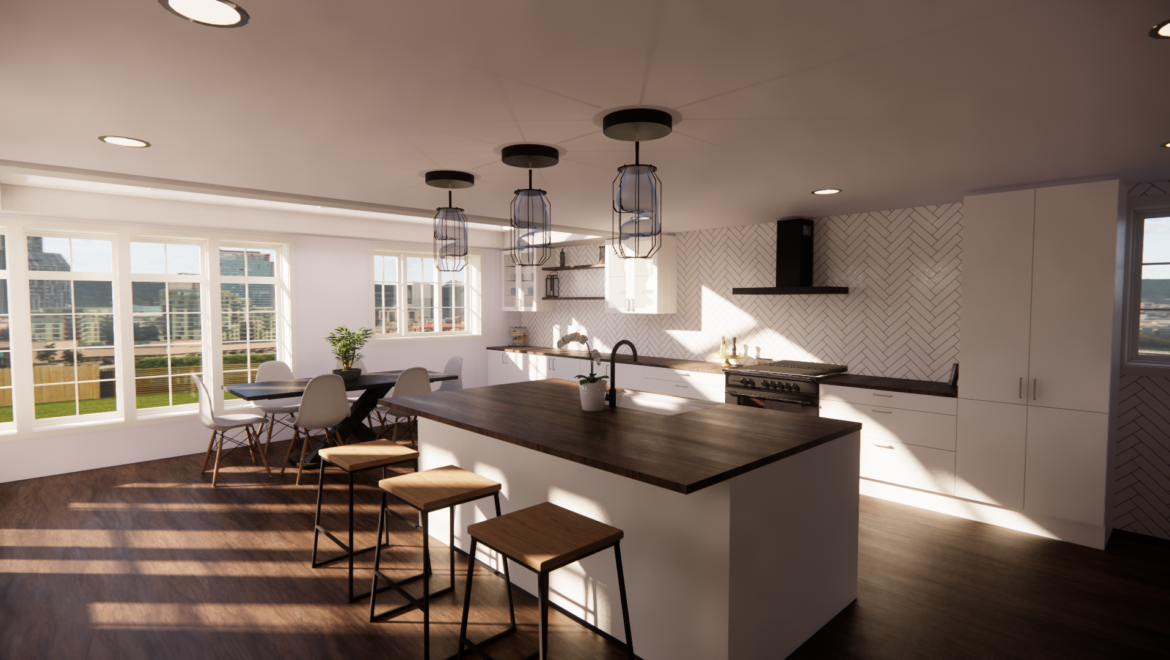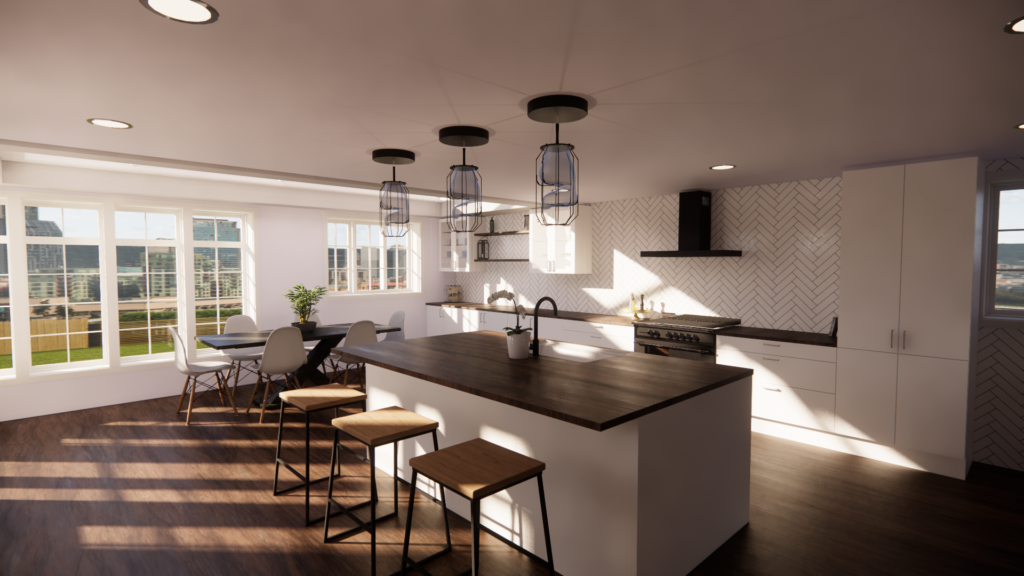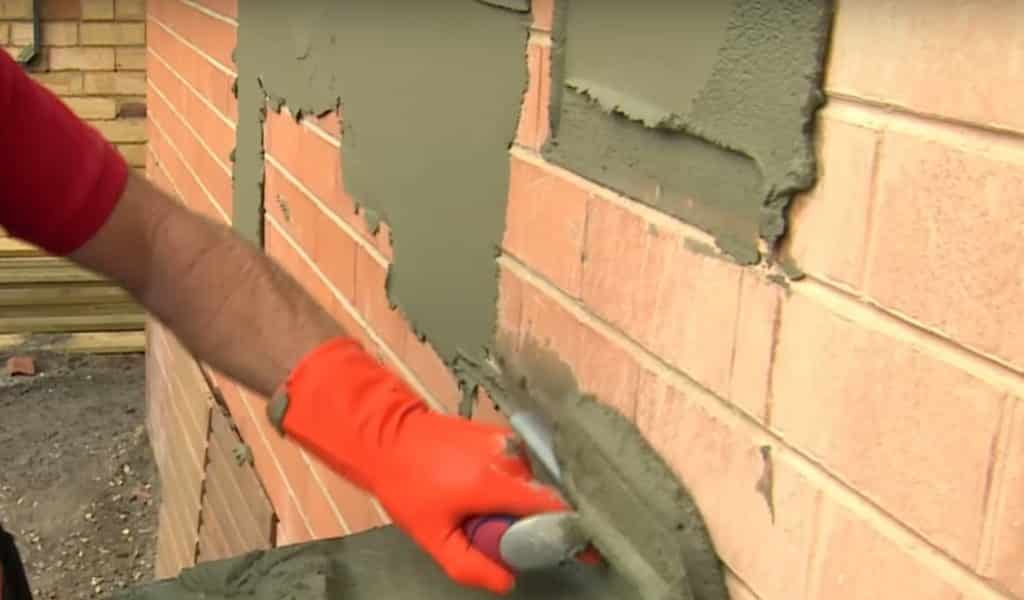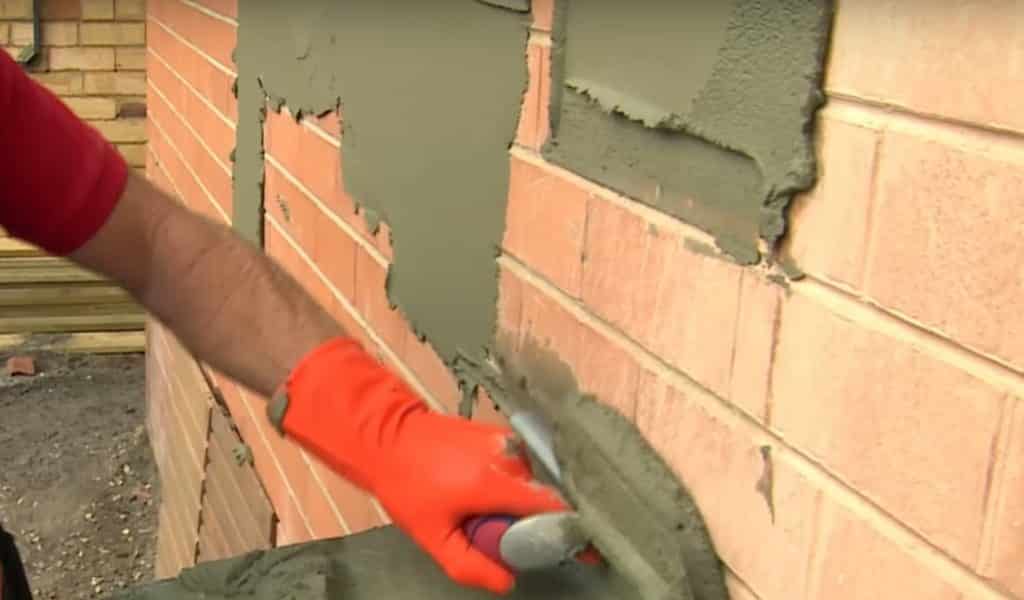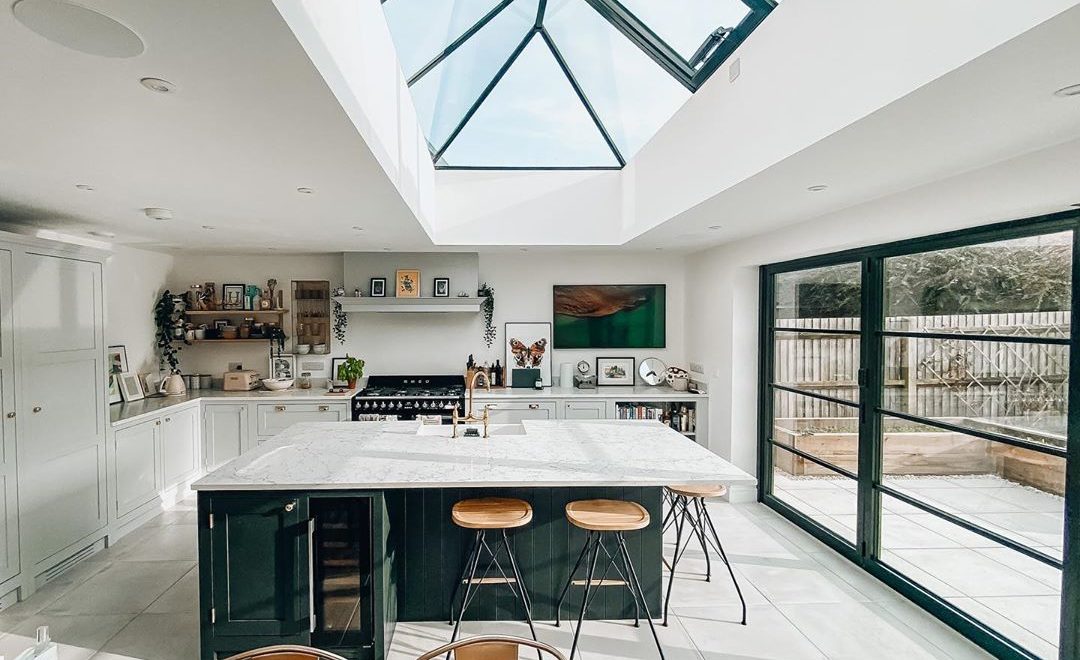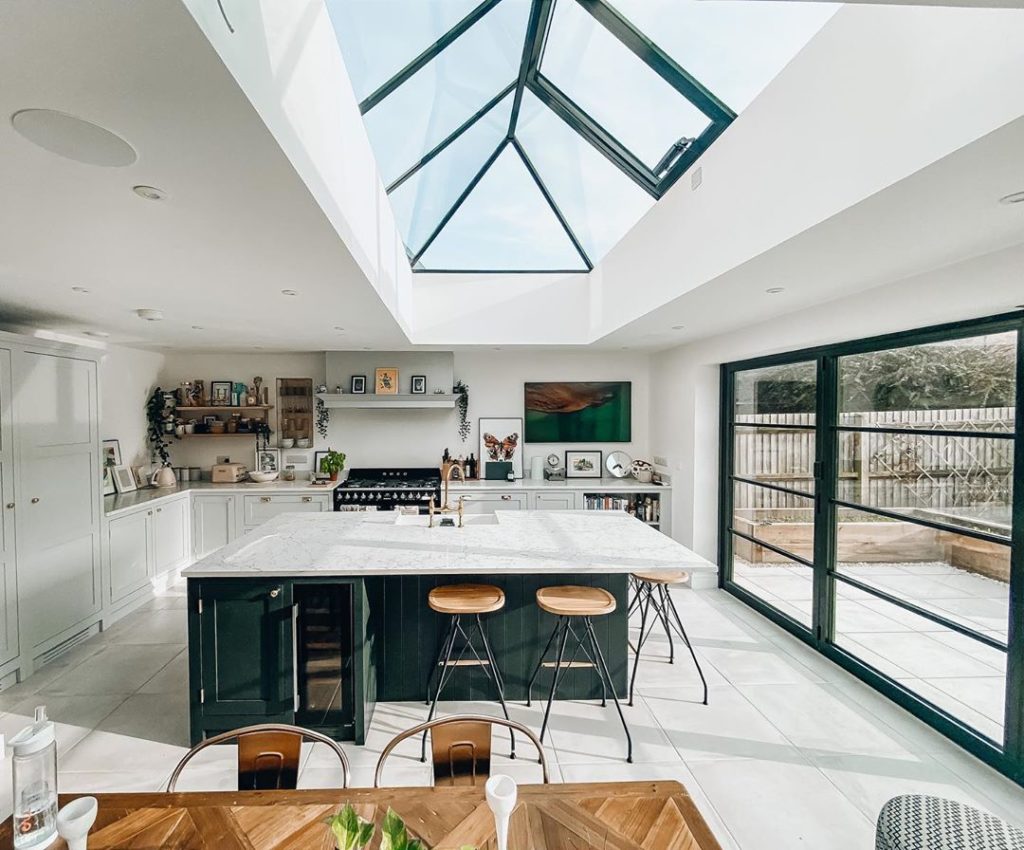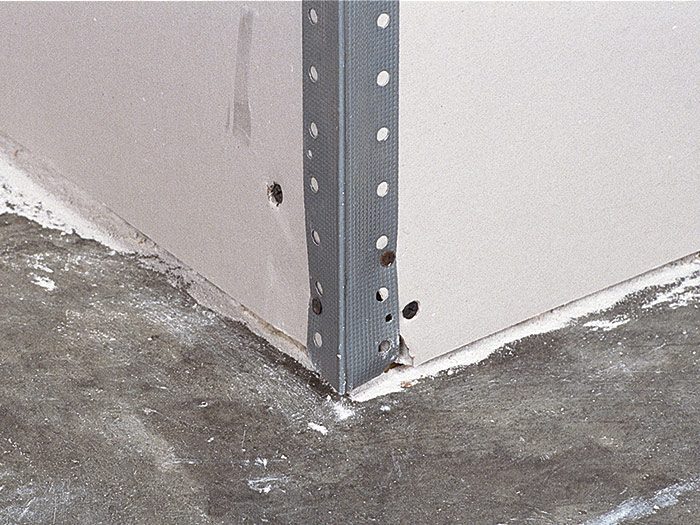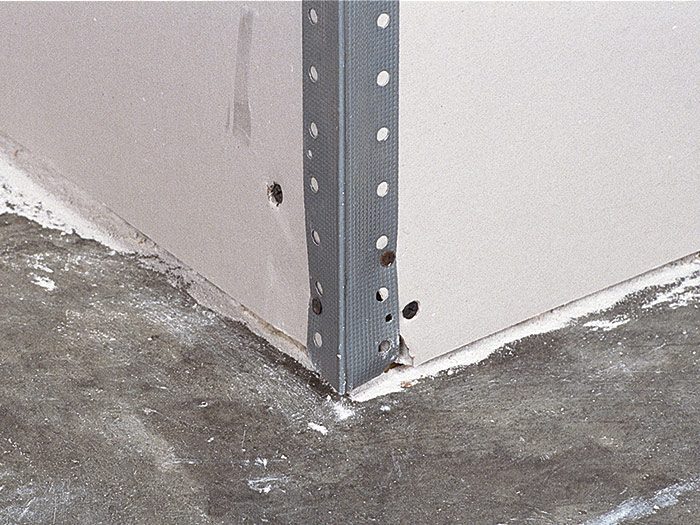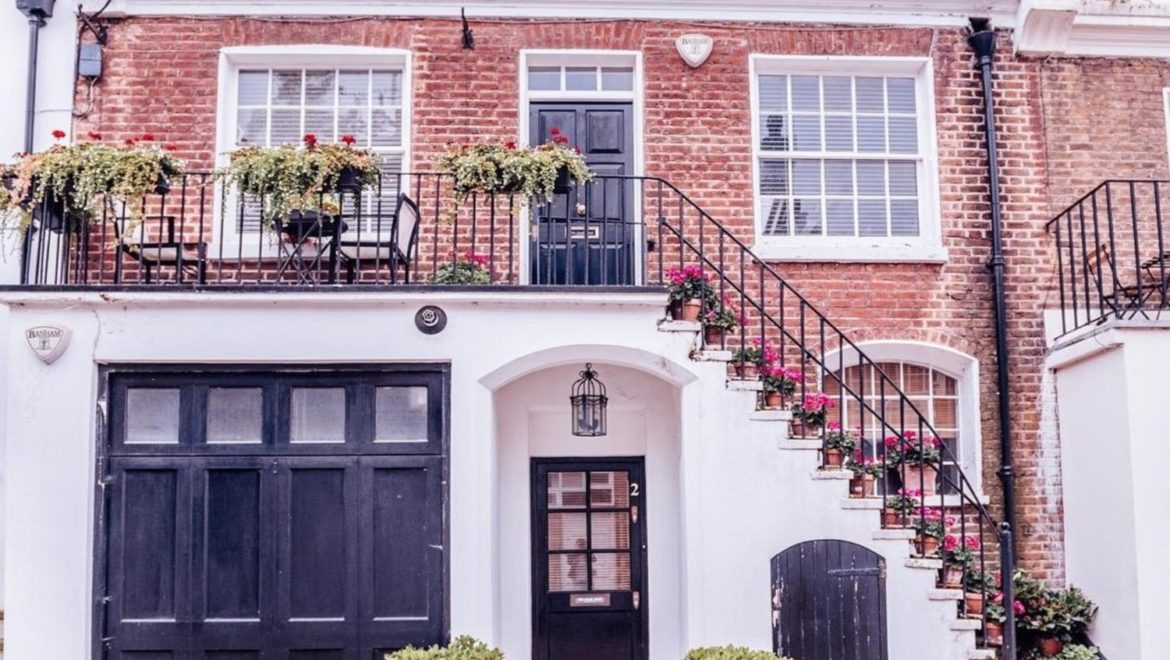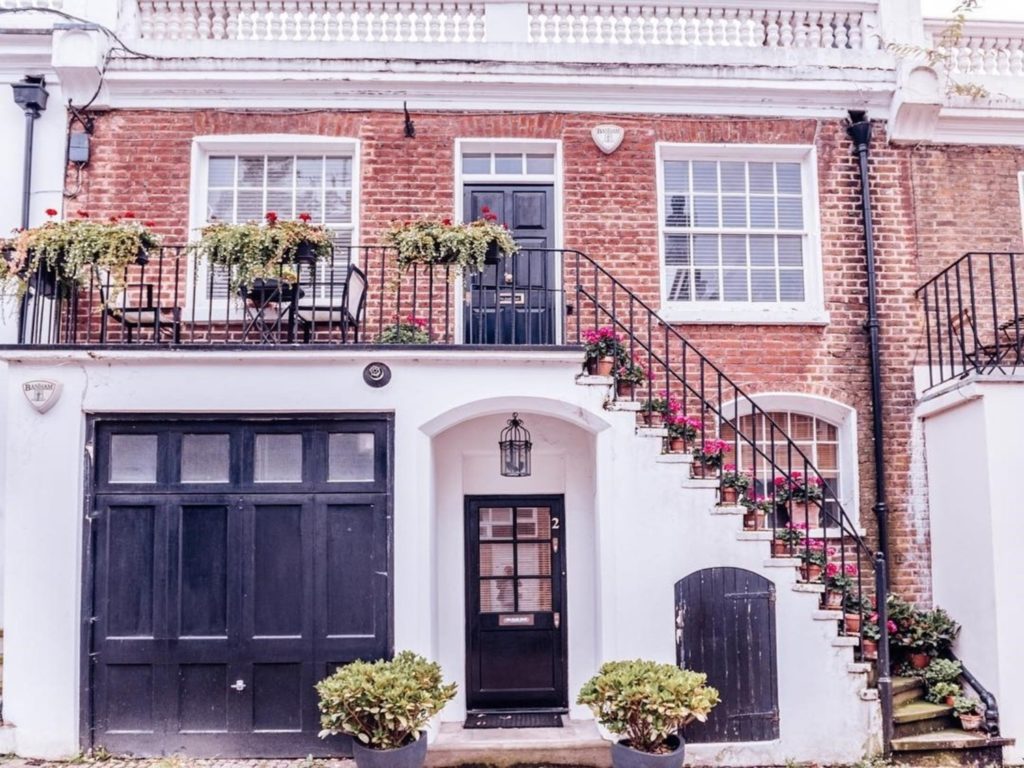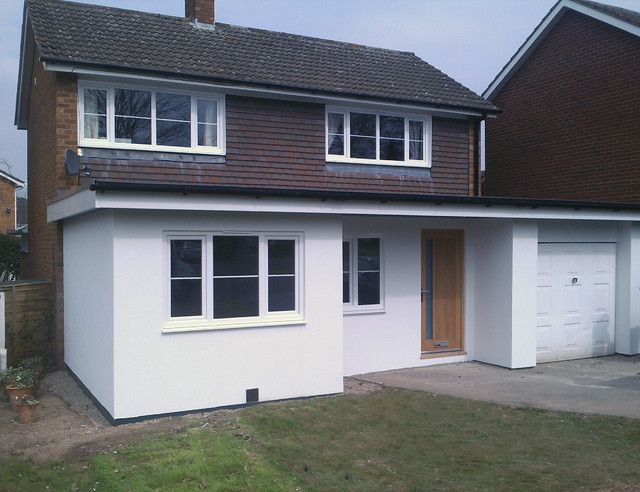What beginners need to know about Velux loft conversions
Velux Loft Conversion
The name Velux is after a famous brand of loft windows. It also implies that this loft conversion done by installing Velux windows.
For converting a loft, the head height of the loft must be sufficient enough. So, a person can stand under the roof without banging its head. Furthermore, if your loft has a hipped roof, then a hip-to-gable loft conversion is the best choice. The reason is that this conversion helps in increasing the space in the loft.
If Velux loft conversion is what you are looking for, then you should call our team of structural engineers to arrange a site visit. Our qualified engineers will assess the space in the lift and other things to provide you with an accurate quote for the work required.
Planning Permission
In most of the cases, you do not need to apply for planning permission. Other loft conversions required significant changes to the roof but, Velux loft conversion does not need these alterations. You can do the construction under permitted development unless your house is in a heritage or conservation site.
Cost of a Velux loft conversion –
The average cost for a Velux loft conversion is around £27,500. However, there are various things that will affect the cost such as:
- Size of windows
- Number of windows required
- Type of windows
- Head height and space of your loft
- Where you live
- Style and quality of finishings
When we compare this conversion with other loft conversions such as mansard loft conversion; It is the most cost-effective. You also need to keep in mind that you are not wasting your money. Instead, it is an investment in the property. Just like any other extension or conversion, it adds value to your property. If you have plans to sell the property in the future, you will get higher offers thanks to the extra space you have in the house.
How much value does a Velux loft conversion add?
As a guide a well built and perfectly appointed loft conversion can add between 10–20% to the value of your home, according to Ideal Home. But where do you start? As Schlüsseldienst Berlin states from its own experience it can be an overwhelming process, especially for those of us who’ve not been through major building works previously.
